
Looking for design in the Supermarket (as opposed to a specialty retailer like Whole Foods or Trader Joe’s) is a bit like bird-watching indoors. To end up here, Design ideas need to trickle down well past the middle-brow and survive extreme pressures of low margins and fast turn. But it is precisely because the environment is so unforgiving that it has so much to tell us about the meaning of Design in our culture as opposed to the culture of design.
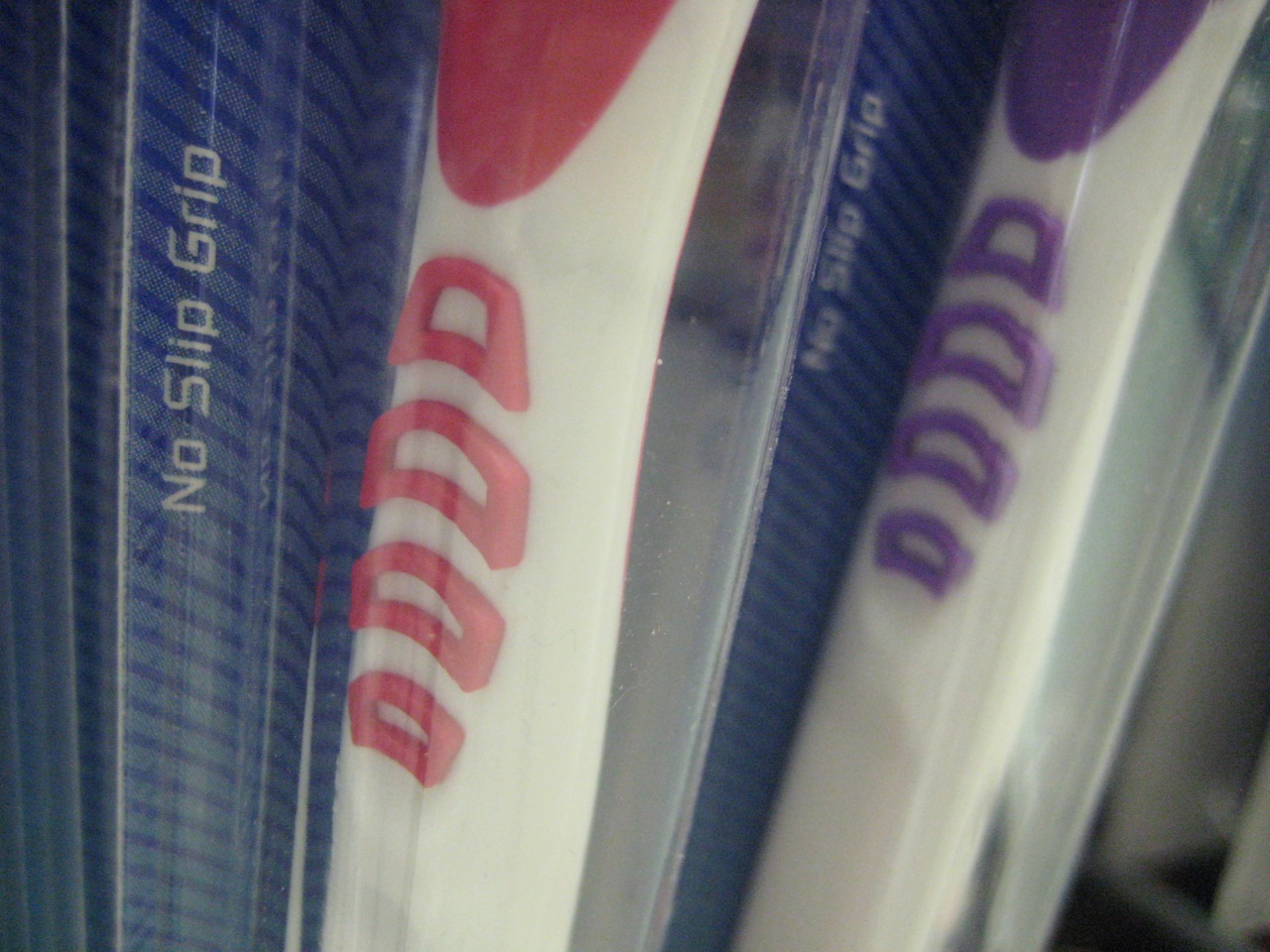
For example, strolling through the aisles of the Supermarket you might think that our species was cursed with fingerless mitts instead of hands. The shelves are an eco-system of plastic ridges, fins and nubs resolutely devoted to the promotion of grippage and the eradication of slippage. Apparently men are particularly afflicted with the inability to grip: the more masculine a product’s target consumer, the more layers of ridges and grippers it contains. The faux-ergonomic flourishes on shaving razors could make them serviceable for a walrus.
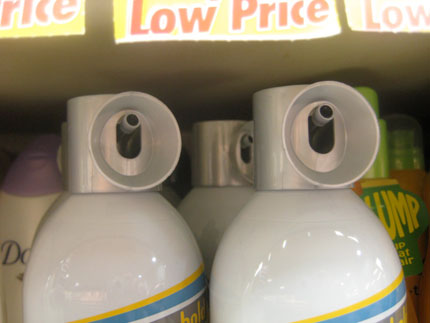
The Supermarket also reveals that we humans apparently require the ability to pour, squirt or spray any substance with laser-like precision. I was not aware that pouring pancake mix out of a cardboard box had a high margin for error, but apparently it does, as Bisquick has proudly created an “easy-pour” plastic jug for this purpose. You can get salad dressing with a pump dispenser and misting nozzle. I suppose that for some, this will elicit cries of “At last!” I understand that these dispensers may even help preserve flavor in some cases, but I find myself wondering if the task of pouring is a part of the human condition that really requires so much innovation. Like the grip strips, these myriad dispensers function largely as ornament.
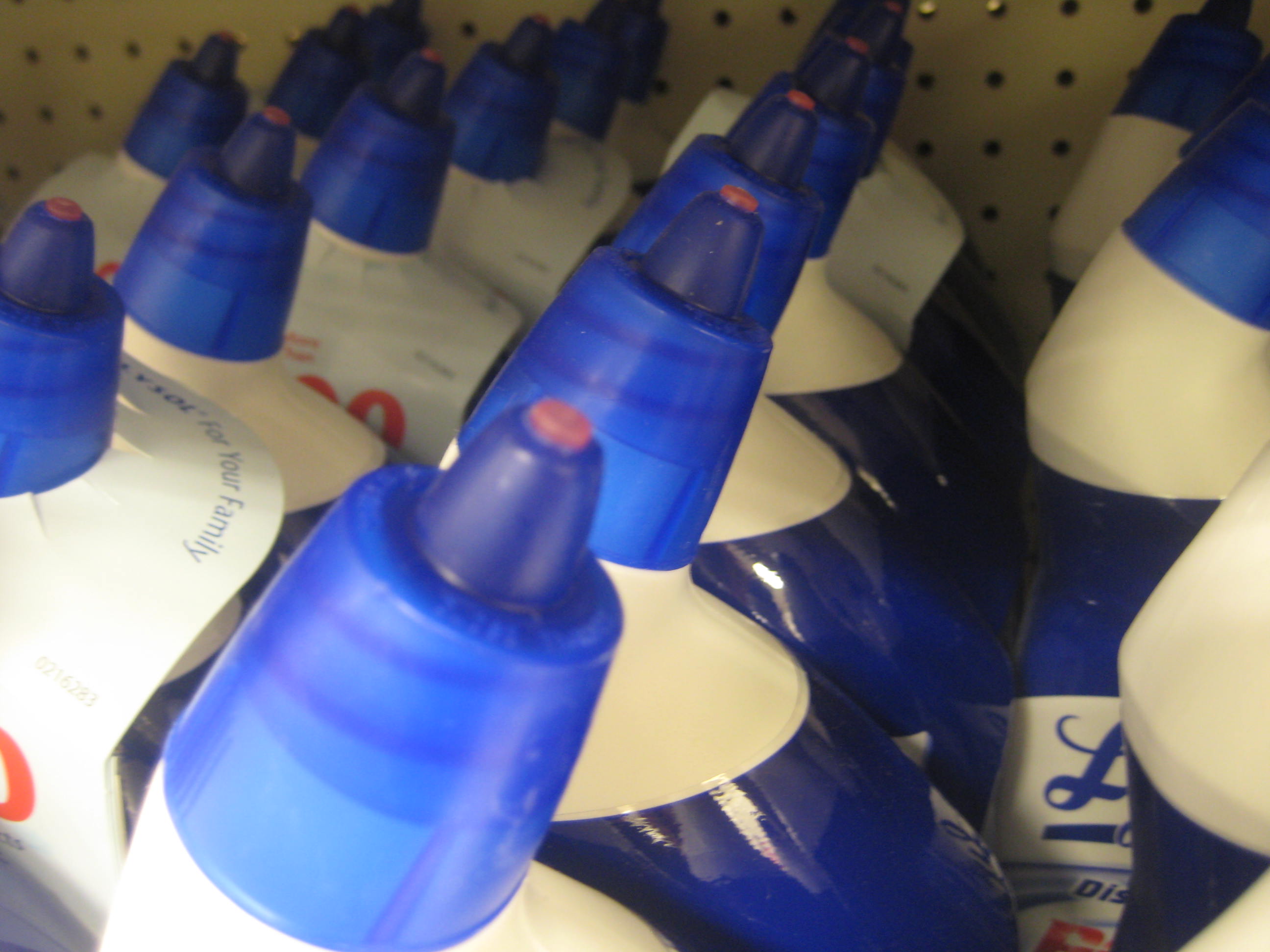
In the late 19th Century, Adolf Loos argued that ornament was an aesthetic manifestation of socio-economic inequality. In his ‘Ornament and Crime’ he declared that decorative elements were the result of oppressive labor practices, and their appreciation was a tacit endorsement of society’s disregard for the quality of its workers’ lives. Grippers and spray nozzles are aesthetic manifestations of a different kind of social, cultural and economic neurosis. Where Loos was arguing against a decorative program of excessive nature motifs and flourish, today’s ornament, at least in the packaged goods arena form a visual language of absurd functionality. Designers have taken the notion of function and exaggerated to such an extent that it is as baroque and indulgent as any third-rate Art Nouveau pattern.

Look at the coffee cup on your desk. Mine looks like something out of a research lab. It has three distinct parts, all made from distinct and appropriate materials, disposable, sterile, and incredibly well designed. But is drinking a cup of coffee really that technical? If I had never seen one before I would think this vessel held something on the order of liquid cyanide. The cup looks as if it could be handled without spillage while scaling a shear rock face.
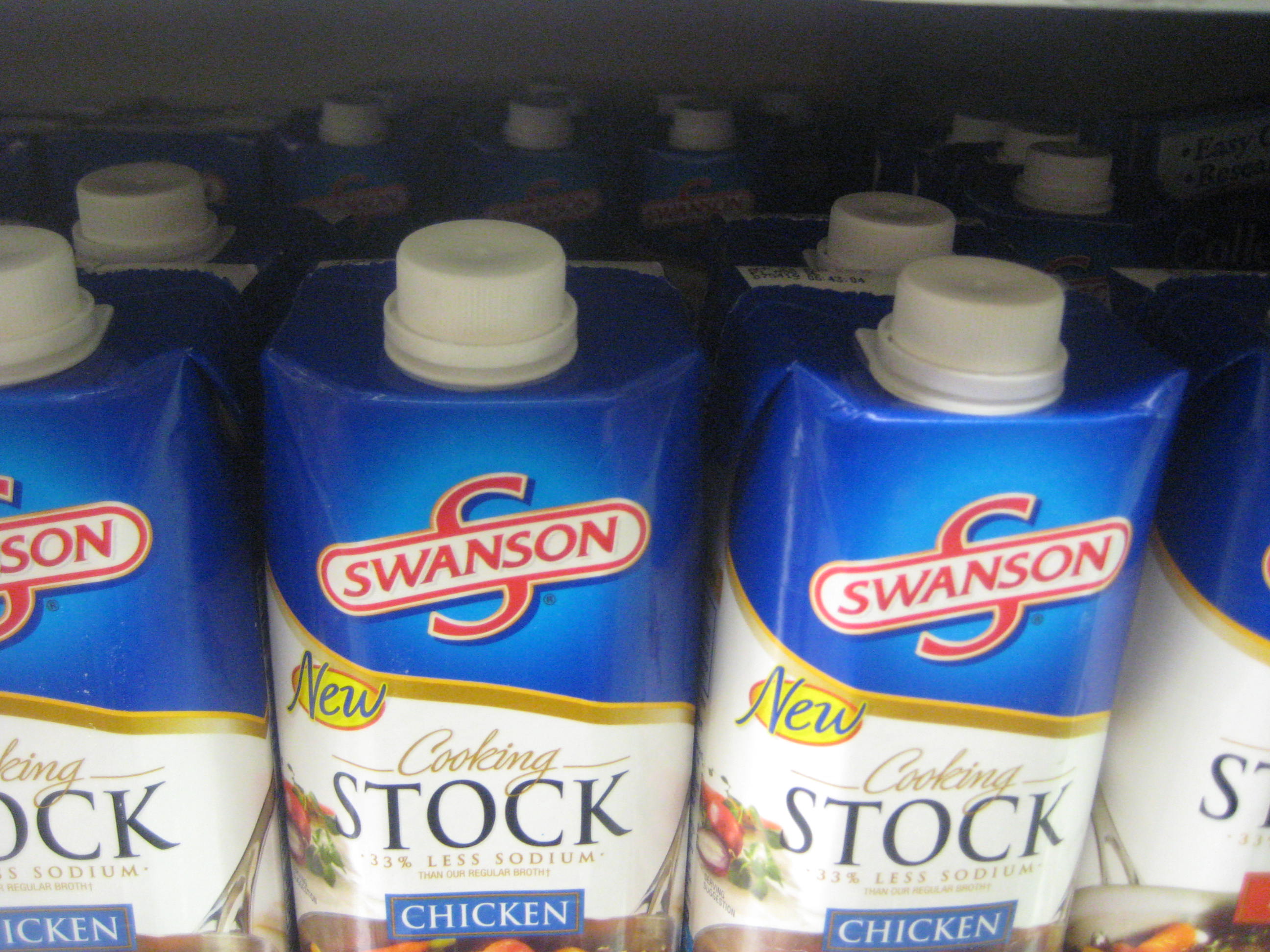
In 1899, Thorstein Veblen coined the phrase “conspicuous consumption” in Theory of the Leisure Class. The phrase is commonly understood to mean consumption for the purpose of demonstrating status without regard to utility. Ironically, the exaggerated displays of utility on display in the Supermarket are themselves a middle-class form of conspicuous consumption. Veblen describes how a rich man’s cane is a symbol of his membership in the leisure class precisely because he will never need to use it. The grip strips on a toothbrush and easy-pour spouts are exactly the same. They symbolize effort we will never have to exert.
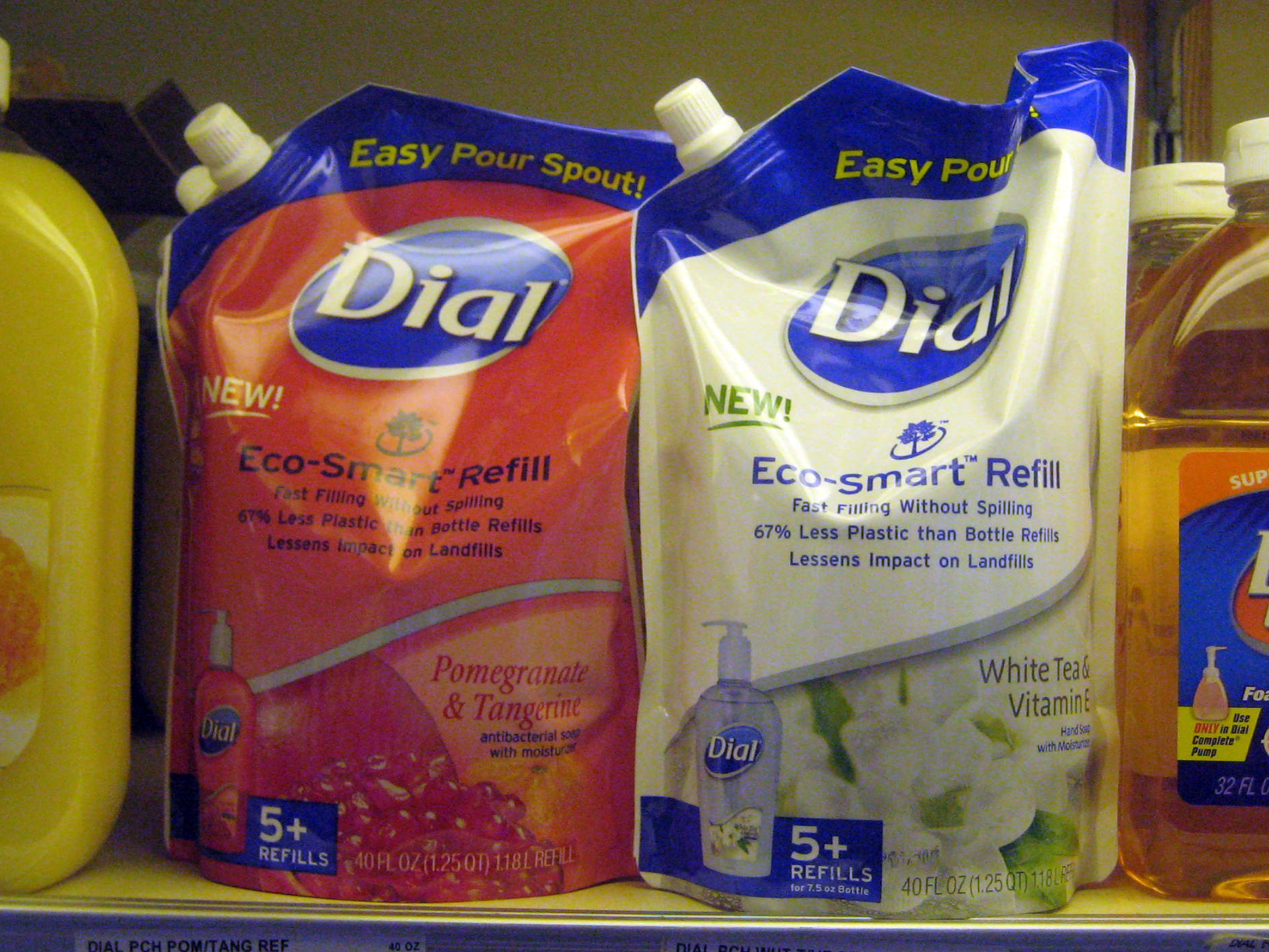
The relationship between social status and conspicuous consumption is consistent with Veblen's time but the way it represented through evolves as culture does. Eco-smart, sustainable and green are well-developed (even well-worn) ideas in design culture but they are only beginning to make their way into the Supermarket. Making products more environmentally friendly is a laudable goal, but amidst the always-ripe produce and the over-stuffed aisles it is difficult not to perceive the advertised lack of consumption as conspicuous in and of itself. If sustainability is reduced to a set of visual cues for affluence and social status, there will be little change in overall patterns of consumption.
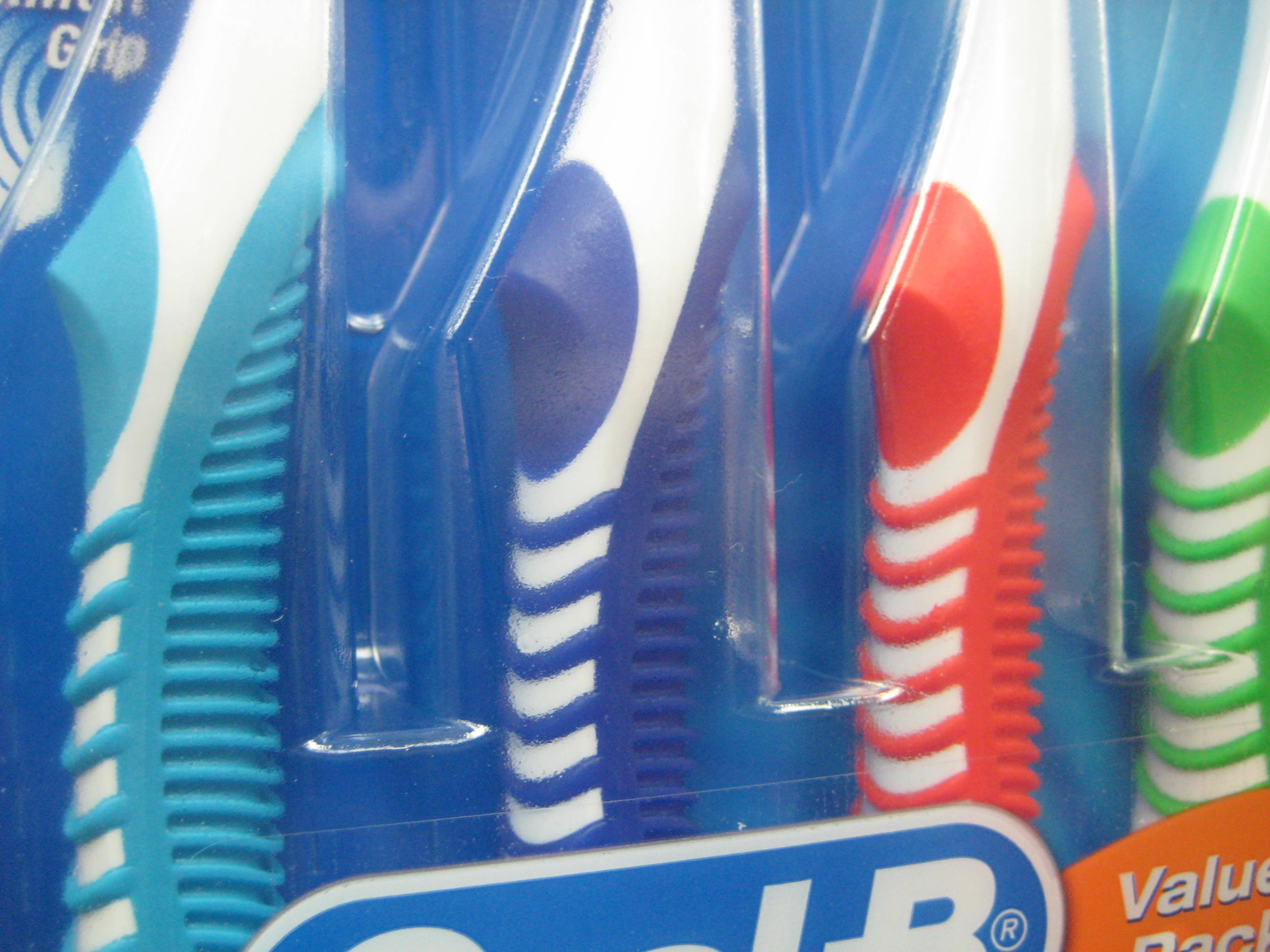
Design ideas have to reach a level of economically viable at a mass scale to survive in the Supermarket, but they are certainly found elsewhere in our culture. The fully equipped chef’s kitchen is a potent symbol of affluence precisely because anyone who can afford it clearly does not need to cook. The $400 Patagonia rain shell and the sport utility vehicle symbolize physical challenges and confrontations with the elements that their suburban owners can easily avoid, and so on. In this way the ornament of today is the complete opposite of that described by Loos — to him ornament symbolized excessive labor, today ours symbolizes pervasive leisure.
